Designing a learning environment goes beyond arranging furniture. It involves creating a space where every student feels valued, included, and capable of engaging fully with their education. Modern fixtures play a key role in making this possible by ensuring accessibility, visual appeal, and a learning-conducive atmosphere. By integrating practical and stylish electrical fittings into classrooms and study areas, educators and parents can address diverse learning needs effectively.
Classrooms that allow students to move and engage freely, without distractions or barriers, exemplify inclusive design. Addressing specific needs, such as visual impairments, mobility challenges, or sensory sensitivities, requires thoughtful choices. Well-designed fixtures help create a space that supports all students, fostering a sense of comfort and inclusivity.
The Importance of Aesthetic and Functional Design
Creating an inclusive learning environment requires balancing visual appeal and practicality. Thoughtfully designed spaces enhance focus and engagement for all students, including those with disabilities. For instance, using clear light switches improves visibility and usability while complementing the overall decor. These fixtures provide both practical benefits and aesthetic value to the classroom.
Functionality is vital to meeting diverse needs. Clear switches are straightforward to locate and operate, making them particularly useful for students with visual impairments or motor skill challenges. By prioritising elements that combine style with practicality, educators can foster an accessible and supportive atmosphere.
Modern electrical fittings, such as clear plug sockets, further enhance functionality. These can be positioned at various heights to accommodate all students, including those using wheelchairs or experiencing mobility issues. Carefully planning the layout and placement of such fixtures helps minimise barriers, creating a space where every student can thrive.
Creating Spaces with Thoughtful Fixture Placement
The placement of fixtures is essential for designing an inclusive learning environment. Clear light switches and plug sockets should be conveniently located to enhance usability. For instance, placing switches near entrances and exits allows students to easily control lighting, reducing frustration and making the space more accessible.
Classroom design should also consider distinct learning zones. Areas dedicated to group work, individual study, or creative tasks require suitable lighting and accessible power outlets. This approach accommodates diverse learning needs and encourages effective collaboration.
To implement these improvements, educators and parents can collaborate to assess students’ specific requirements. Engaging students in the design process offers valuable insights into their preferences. For example, students might suggest preferred lighting settings or propose socket placements that suit their activities. Actively involving them not only improves functionality but also strengthens their sense of belonging within their learning space.
Emphasising Quality and Safety in Design Choices
While aesthetics and functionality are important, safety should remain a top priority when selecting modern fixtures. High-quality clear switches and sockets enhance the appearance of a space while meeting essential safety standards. For example, fixtures with built-in childproof features can provide reassurance for educators and parents.
Durability is another key factor in choosing fixtures for educational settings. Schools experience heavy foot traffic and frequent use, so robust materials are essential. Durable fixtures ensure longevity, maintaining both functionality and appearance in demanding environments.
Environmental considerations are equally important. Energy-efficient options, such as LED lighting, help reduce energy costs and support sustainability efforts in schools. By prioritising quality and safety, educators can create learning spaces that are visually appealing, efficient, and secure.
Safety measures should extend to include easy-to-read instructions for operating fixtures and clear labelling to prevent misuse. Anti-glare lighting can reduce visual strain, especially for students who spend extended periods reading or using electronic devices. Additionally, selecting non-toxic, fire-resistant materials for switches and sockets enhances overall safety. Regular maintenance and inspection of fixtures are essential to identify wear and ensure the continued safety of the learning environment.
Thoughtful integration of lighting and electrical fittings also has a positive impact on students’ emotional well-being. A well-lit classroom promotes a welcoming atmosphere, while considerate design reflects care and attention to students’ needs. This is particularly beneficial for those who may feel vulnerable or anxious in conventional settings.
Practical Steps for Implementation
Creating an inclusive learning environment with modern fixtures involves several actionable steps. Begin by evaluating the current layout and identifying areas needing improvement. Collaborate with students, teachers, and parents to gather feedback about their experiences in the space. This inclusive approach ensures diverse perspectives are considered, resulting in effective solutions.
Research options for clear switches and sockets that meet both design and functionality needs. For instance, clear plug sockets with tactile indicators can be selected to assist visually impaired students while maintaining a clean appearance. Ensure these choices balance accessibility, durability, and practicality.
Consulting experts such as interior designers or architects with experience in accessible design can provide valuable insights. Their knowledge helps refine layouts, ensuring compliance with safety standards while improving usability and appearance. They can also recommend energy-saving lighting or fixtures tailored to specific needs, such as non-glare options to reduce eye strain.
Plan for gradual upgrades if budget limitations exist. Prioritise areas with the most significant impact, such as shared learning zones and entrances, for initial changes. This approach allows for steady progress without disrupting daily activities. Schools may also explore grants or government funding for accessibility or energy-efficient improvements to manage costs effectively.
Ultimately, investing in high-quality fixtures provides long-term advantages. Durable, functional designs reduce maintenance expenses while fostering an environment where students feel supported and motivated. Educators also benefit from a well-organised space that enhances teaching efficiency and leads to better outcomes for everyone.
Encouraging Engagement and Collaboration
A well-designed learning environment supports student engagement and teamwork. By integrating clear light switches and modern fittings, educators can create spaces that facilitate interaction and collaboration. Flexible seating arrangements paired with accessible power sources enable group work and shared learning activities.
In classrooms where students can easily connect devices or adjust lighting, collaborative projects become simpler and more enjoyable. Providing students with some control over their surroundings empowers them, encouraging active participation in their learning. This approach benefits those who may find traditional, rigid setups less accommodating.
Incorporating technology further enhances inclusivity. Interactive whiteboards, charging stations, and similar tools accommodate various learning styles, from visual aids to hands-on activities. These adaptations create a versatile space that addresses the diverse needs of all students, making learning more effective and engaging.
Designing communal areas with clear switches and adjustable lighting can further promote collaboration. These breakout spaces are ideal for group projects, discussions, or brainstorming sessions, ensuring every student has the opportunity to contribute.
Continuous Improvement in Design
Creating an inclusive learning environment is a continuous effort. Regular feedback from students and staff is essential to identify areas for enhancement and ensure the space remains effective for all users. This iterative approach allows the environment to evolve alongside changing needs, keeping accessibility at the forefront.
Staying updated on advancements in educational design and assistive technology offers opportunities to refine inclusivity. Attending workshops, conferences, or professional development sessions can provide educators with practical strategies and insights to improve their spaces. These events also introduce tools and technologies that can make classrooms more accommodating and versatile.
Encouraging a mindset of adaptability and openness to feedback is key. Schools that prioritise such adaptability can create spaces that not only support diverse learners but also recognise and value their unique contributions.


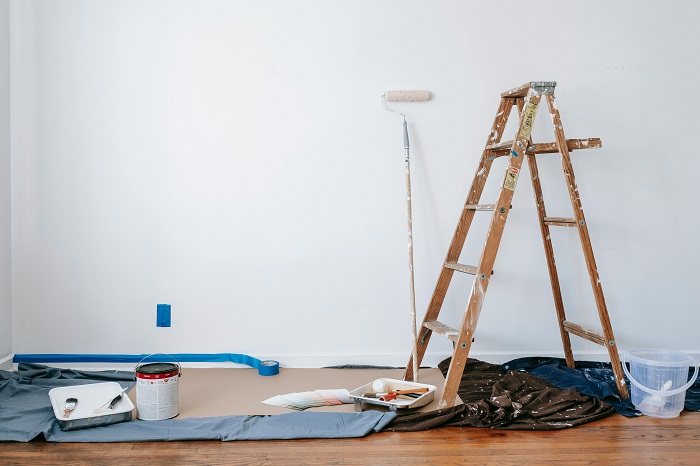





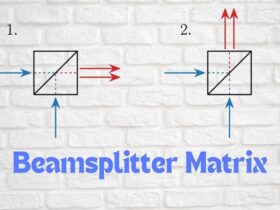
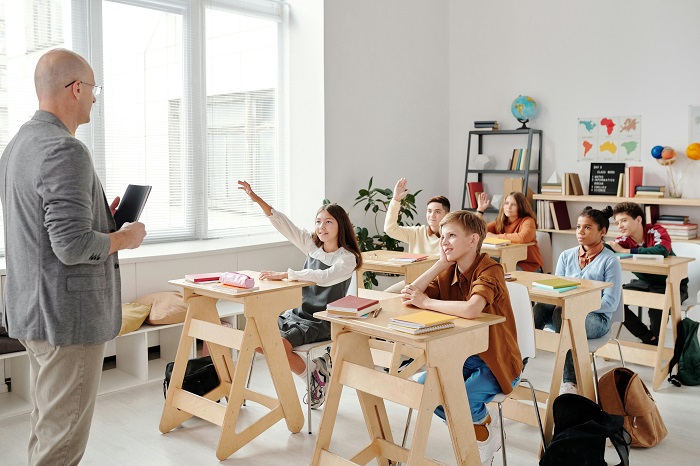
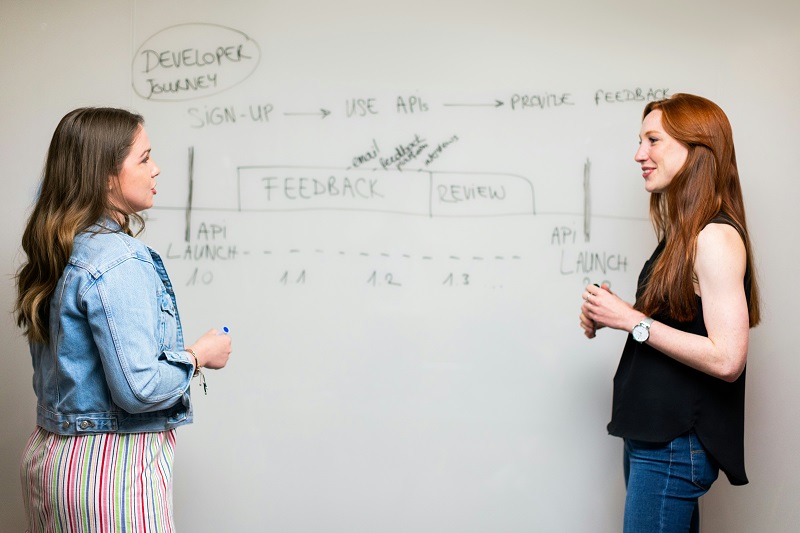





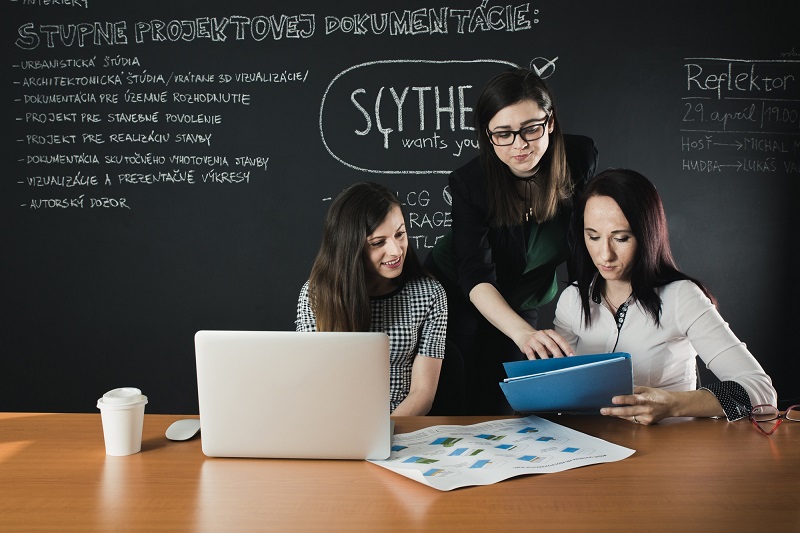
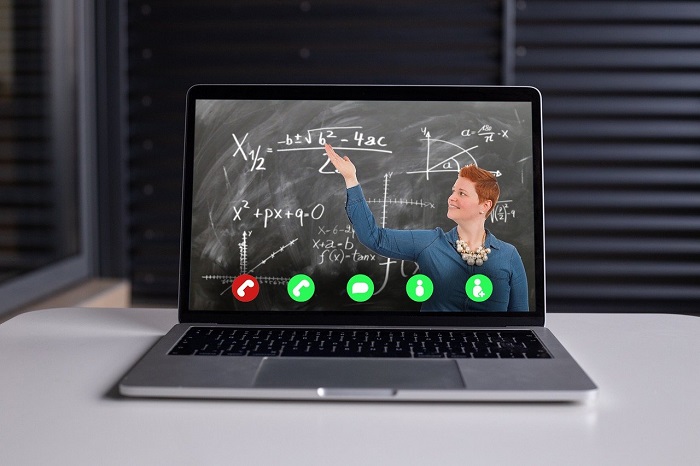
Leave a Reply